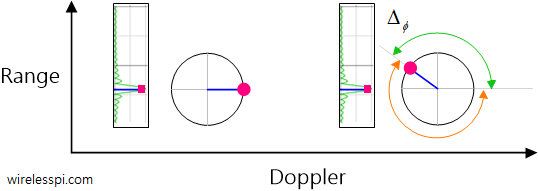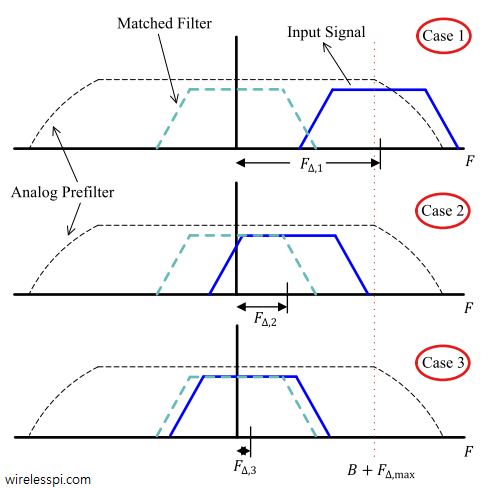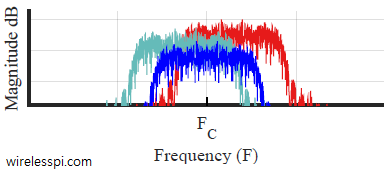The Bloom’s Taxonomy describes the levels of mastery one attains in a field. Its last two stages are Synthesis and Evaluation. This is where the masters can be differentiated from the experts. In a job interview, for example, a good technique to judge a candidate’s ability is to ask them where the system in question breaks. A little learning is a dangerous thing Drink deep, or taste not the Pierian spring There shallow draughts intoxicate the brain And drinking largely sobers us again While the first two parts of the FMCW radar series addressed the lower levels, Part 3 is
Continue reading



